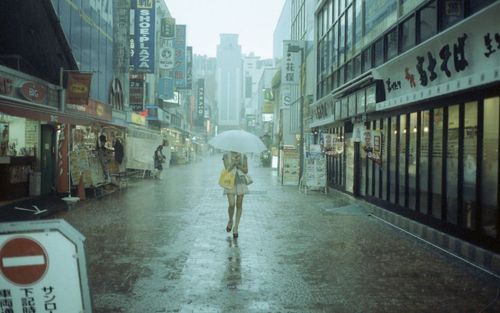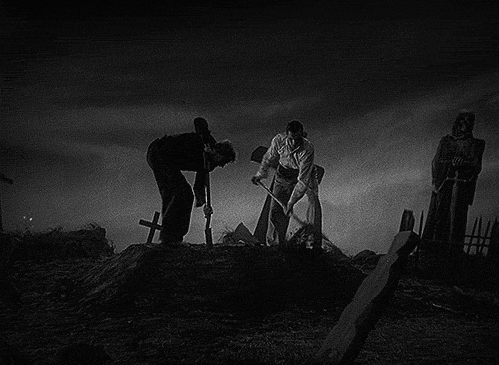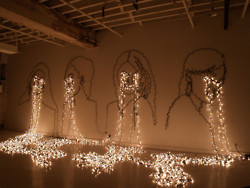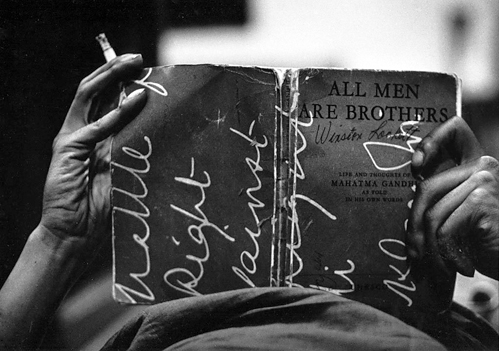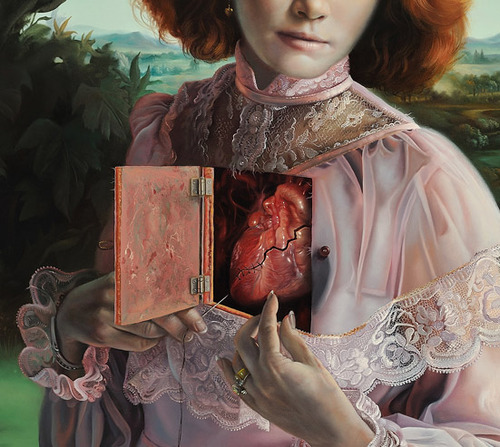Notes on a talk by Michael Stone at Centre of Gravity, Toronto. September 3, 2012. www.centreofgravity.org
There’s a Chinese poem that goes like this. The little retreat is to go hide in the mountains and be with the water. The great retreat is to disappear in the capital. Here we are in the fall, back at Centre of Gravity, in the capital of Canada (hahaha). So let’s dive in and disappear.
Freud and Jung
In 1909 Carl Jung and Sigmund Freud, who had been working together for a few years, were both invited to lecture at Clark University in Worcester, Massachusetts. Freud left from Vienna, Jung from Zurich, and they met in London where they embarked on a boat headed for America. It would be the first time either had ever set foot there. The voyage lasted seven weeks. They developed a practice of waking up, putting on tweed, having breakfast, then working the whole day on their dreams. I don’t know if you’ve ever spent serious time out on the ocean, or in the natural world away from your usual surroundings, but we can dream very vividly when we’re not mapped into familiar footsteps. They would recount their dreams to one another, and then they would free associate – staying in the feeling tone of the dream you associate whatever relates to fragments of the dream. But certain dreams come from parts of the mind we can’t control, there are some parts of dreams resistant to association.
Two Dreams
There were two dreams that proved fundamental to their relationship. The first was Freud’s, which Jung did his best to interpret on the basis of only a few associations from the father that would not be his brother. When Jung pressed him for more, Freud looked rather suspiciously at him and declined. “I cannot risk my authority,” he said. This stunned Jung. “That sentence burned itself into my memory; and in it the end of our relationship was already foreshadowed. Freud was placing personal authority above truth.”
The other dream was Jung’s. He dreamt that he was on the top floor of an old house, well furnished and with fine paintings on the walls. He marveled that this should be his house and thought, “Not bad!” But then it occurred to him that he had no idea what the lower floor was like, so he went down to see. There everything was much older. The furnishings were medieval and everything was rather dark. He thought, “Now I really must explore the whole house.” He looked closely at the floor. It was made of stone slabs, and in one of these he discovered a ring. When he pulled it, the slab lifted, and he saw some narrow stone steps leading down into the depths. He went down and entered a low cave cut out of the rock. Bones and broken pottery were scattered about in the dust, the remains of a primitive culture, and he found two human skulls, obviously very old and half-disintegrated. Then he awoke.
Collective Unconscious
Freud was interested only in the identity of the skulls. Who were they? He suggested that Jung harboured a death wish against these individuals. Jung felt this interpretation was besides the point, that Freud was superimposing his theory of the death drive onto his dream. He felt he was tapping into a deep layer of the psyche, that as he went down stairs it was getting older, more irrational and unknown, outside of time. He thought the skulls belonged to our common human ancestors who helped shape a common psychic heritage. When Jung finally summoned up the courage to announce his hypothesis of a collective unconscious, it proved to be his most significant deparature from Freud, and his most important single contribution to psychology. What Jung was proposing was no less than a fundamental concept on which the whole science of psychology could be built. He called his dream an image of the collective unconscious. As you go deeper into the mind it doesn’t narrow, it opens up, he felt this part of mind was innate to all humans in all cultures and times. It is a shared level of the psyche.
Jung felt that our psyches are not simply a product of experience, any more than our bodies are merely the product of what we eat.
Mother
The reigning paradigm of psychology at the time was cupboard love – your parents offer themselves to you, through your relationship to them it creates who you are. Jung believed that when parent and child come together they constellate different levels of the psyche, they activate a mythological culture. There is an archetypal layer to their relationship. Archetypes are “identical psychic structures common to all” which constitute the “archaic heritage of humanity.” He felt Darwin didn’t explain everything, and began to read deeply in mythology. There is a psychological level of development across centuries of time like the physical level that Darwin described. These readings touched on the patterns that seemed to inhabit us.
Meditation
When we practice meditation we touch a more timeless place. Instead of being focused on our more neurotic and reactive states, we open to colours or feelings that reside below where we normally think. When we sit we’re closer to insanity. We can’t control these feelings – can you imagine if the dreams you had this week were being played out in this room right now? Meditation makes us more resilient psychologically, if we’re too rigid these states can overwhelm us.
Sea
Here is Jung from his book Two Essays on Analytical Psychology.
“In Freud’s view, as most people know, the contents of the unconscious are not reducible to infantile tendencies which are repressed because of their incompatible character. Repression is a process that begins in early childhood under the moral influence of the environment and continues throughout life. By means of analysis the repressions are removed and the repressed wishes made conscious.
According to this theory, the unconscious contains only those parts of the personality which could just as well be conscious, and have been suppressed only through the process of education. Although from one point of view the infantile tendencies of the unconscious are the most conspicuous it would nonetheless be a mistake to define or evaluate the unconscious entirely in these terms. The unconscious has still another side to it: it includes not only the repressed contents, but all psychic material that lies below the threshold of consciousness. It is impossible to explain the subliminal nature of all this material on the principle of repression, for in that case the removal of repression ought to endow a person with a prodigious memory which would thenceforth forget nothing… the unconscious is never quiescent in the sense of being inactive, but is ceaselessly engaged in grouping and regrouping its contents. This activity should be thought of as completely autonomous only in pathological cases; normally it is co-ordinated with the conscious mind in a compensatory relationship.”
For Jung the unconscious is a great sea while the ego/conscious is a cork floating on that sea – no wonder it’s nature is defensive. The self is created out of unconscious waves. He also feels that the unconscious has a purpose. The psyche – which is mostly unconscious – creates new patterns in conscious life – the purpose is to bring to consciousness some patterns that the small conscious mind needs to open to in order to heal. The unconscious is always at work.
Back and Forth
The conscious and unconscious have a compensatory relationship. When something in the conscious mind is too narrow, then the unconscious delivers a larger view. The two always work to balance. Parts of the mind split off and become unconscious, but it happens in the other direction as well. The unconscious brings content to the conscious to achieve balance. For example when a nightmare comes and it wakes you up the unconscious is saying: wake up to this! Can you listen to this? This is compensatory.
Jung looks at his own experience so courageously. He goes down the stairs and opens the last ring and faces the darkness. He develops his psyche. Perhaps every psychological theory is a form of biography. What Jung struggled with was religious and mythological, so his theories of mind swung in that direction.
If you drew a small circle in the middle of a page that’s the conscious. And then another circle around it is the personal unconscious (there are things your mind can’t accept so you repress them). And then the unboundaried space around that is the collective unconscious we all share.
House
Not long after these notes were published he built a house out of stone that he saw in his dreams. He locked himself in there and stopped writing and started painting and lost his mind. It linked up with an experience in childhood when he was overwhelmed by images and dreams. He felt the collective unconscious was mostly images.
Please give so you don’t have any regrets.
